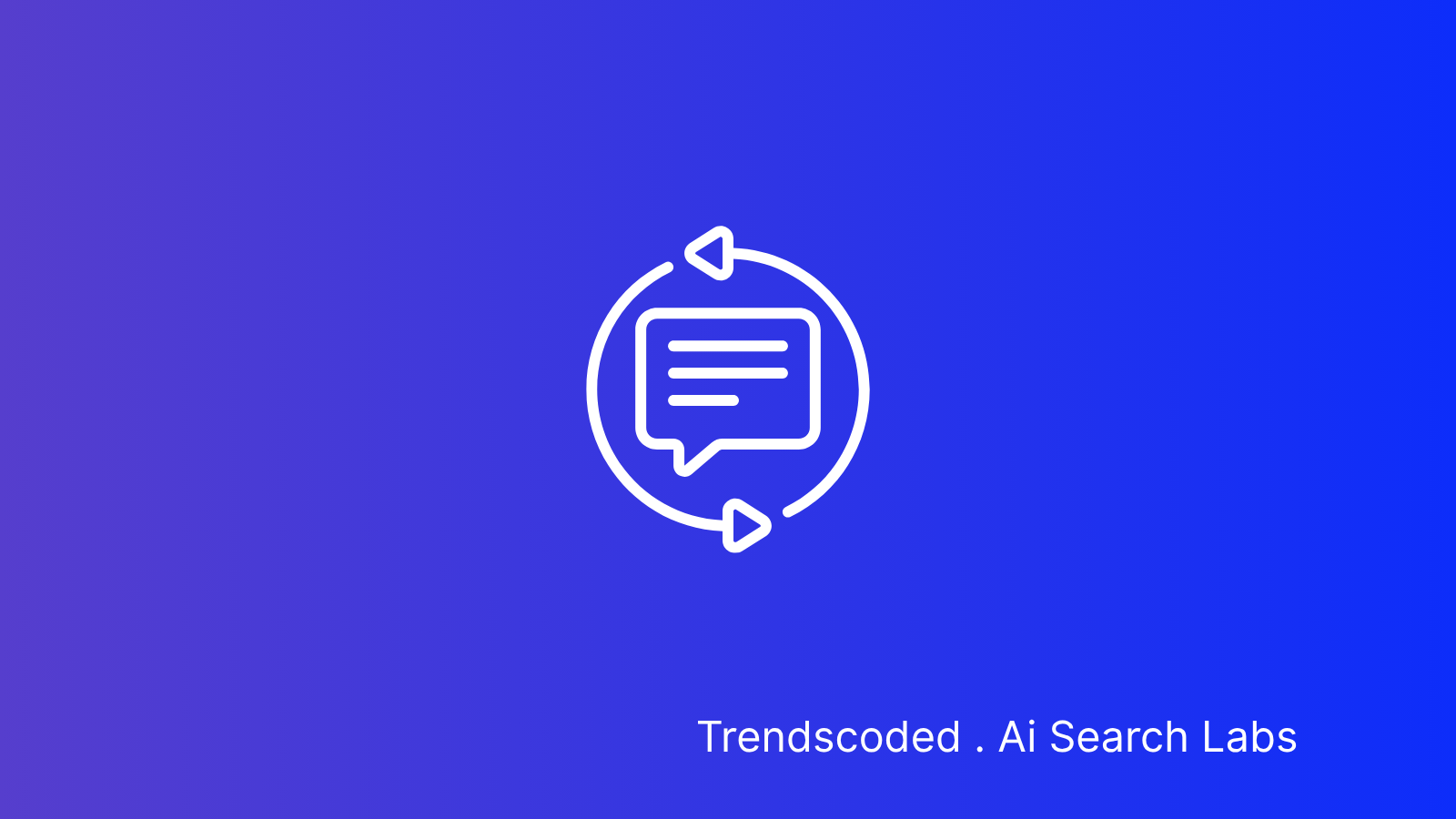Citation Drift, Explained (Fast)
TL;DR: In AI search, sources rotate. Your page is cited, then not, then back again. That’s normal. The real goal is how often you’re cited over time.
What Is Citation Drift?
Citation drift is the day-to-day shuffle of which sources get credit in AI answers, SERP features, and articles.
AI answers are probabilistic. They sample credible options to avoid repeats, reflect freshness, and balance viewpoints.
Result: your URL can appear today, disappear tomorrow, and return next week. Classic search does this too with snippets and news boxes.
Why It Matters
- Win by raising your citation share—how often you’re cited across runs.
- Organic rank still helps; top results are cited more often [1].
- Expect fewer clicks when summaries answer in-place; treat citations as authority and recall.
Where You’ll Notice It
- AI answers: rotating domains by design (ChatGPT, Google AI Overviews, Perplexity, Copilot).
- Search features: featured snippets and “People Also Ask” swap sources as rank/freshness move.
- Publishing & academia: editors replace weaker references with stronger, newer ones.
The Four Flavors
- Disappear → Reappear: normal rotation.
- Domain Rotation: different pages from your site get cited—depth signal.
- Competitive Substitution: a rival displaces you—freshness/authority gap.
- Contextual Replacement: references update as standards and data change.
AI Is a Context Engine
Same query. Different user. Different moment. Different citations.
| Context | Bias | Publish |
|---|---|---|
| “compare X vs Y” | Head-to-head evidence | Side-by-side table, methods, raw data |
| EU locale | Compliance & residency | Localized legal pages, EUR pricing, support hours |
| Fast-moving topic | Recency | Changelog, dated updates, versioned docs |
| Video/community | YouTube & forums | Walkthrough video + transcript; seeded Q&A |
Persona-First Pattern (6 Steps)
- Who + when: “SMB Ops Manager, 30-day rollout.”
- Problem (their words): “No time. No surprise costs.”
- Payoff: “Confidence we hit the date.”
- Mechanism: “14-day pilot + guided onboarding + TCO calculator.”
- Local context: “EU-hosted, EUR pricing, FR support.”
- Evidence: SLA, status history, DPA, timeline case studies.
Template: For [Persona] facing [Problem] in [Context], we deliver [Payoff] via [Mechanism], backed by [Evidence], with [Local specifics].
Same Category, Two Personas
| Element | SMB Ops (EU) | Enterprise CTO (Global) |
|---|---|---|
| Situation | 30-day rollout | Multi-region compliance |
| Problem | “Setup must be simple.” | “Prove uptime & audits.” |
| Payoff | Hit the date | Pass every audit |
| Mechanism | Pilot + onboarding + TCO | 99.99% SLA + SSO/SCIM + audit pack |
| Local | EU-only processing, EUR, FR support | DR options, residency, global SRE |
| Evidence | Paris case, DPA, status | 12-mo incident log, certs, refs |
Takeaway: both pages can be “best”—for their audience—because each matches the factors that audience weights.
Read the Drift
- Good: your pages rotate among themselves → depth. Keep building the cluster.
- Risky: you’re swapped by rivals on high-value queries → fix freshness, structure, authority.
What to Do (In Order)
- Climb the ladder: Top-10 → Top-5 → #1. Rank up; get cited more.
- Match factor weights: pick the 3–6 things buyers care about; prove them with verifiable receipts.
- Ship cite-ready blocks: specs, comparison tables, FAQs, pricing, SLAs, changelogs.
- Cover ecosystems: Wikipedia-style depth + Reddit/YouTube discussion and video.
- Measure & patch: track where you vanish; refresh, restructure, add missing formats.
Symptoms → Fast Fix
| Symptom | Likely cause | Fastest fix |
|---|---|---|
| Here today, gone tomorrow | Normal rotation; thin authority | Internal links + proofs + tier-1 mentions |
| Replaced by rival | Freshness/authority gap | Update content; add video; earn expert/press refs |
| Low clicks despite citations | Zero-click answers | Treat as authority/recall; capture demand elsewhere |
Bottom Line
Don’t chase one screenshot. Chase frequency. Rank higher, ship cite-ready proof, cover the ecosystems, and watch your citation share climb.
FAQ: Brand Owner Playbook
What changes for brand owners in AI search?
AI doesn’t just rank pages; it selects sources by context (persona × intent × locale × timing). To win, you need pages that look best for this user right now, with classic SEO amplifying that visibility.
How do I combine AI search with SEO?
Run contextual ladders (Top-10 → Top-5 → #1) for each persona/intent/locale cluster, then use global SEO to push those context-specific pages higher.
What’s a “contextual ladder” in practice?
It’s a scoped set of queries and pages tailored to one audience and use case. Example: DTC Founder × “best sulfate-free shampoo for curls” × US. You build proofs and content for that buyer’s decision weights.
How do I know what each audience weights most?
Use the TrendsCoded Factor Engine to identify the top 3–6 decision weights (e.g., Reliability, TCO, Speed-to-Value, Integrations, Compliance, Proof) for each persona/region, benchmark you vs. competitors, and output a weighted comparison page with receipts.
How does aligning to factor weights help AI selection?
AI acts like a contextual recommender. Pages that mirror the dominant weights for a given context get cited/selected more often, reducing competitive swaps and stabilizing visibility.
TL;DR for the brand owner
Run contextual ladders, use the Factor Engine to pick proofs, publish weighted proof-led pages (plus video/FAQ), then use SEO to amplify—and verify progress with the free Brand Visibility checker.
